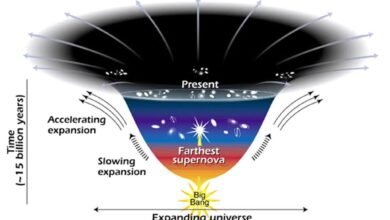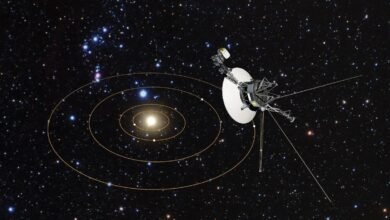What was it like when the Universe was at its hottest? | by Ethan Siegel | Starts With A Bang! | Nov, 2023

When the hot Big Bang first occurred, the Universe reached a maximum temperature never recreated since. What was it like back then?
When we look out at the Universe today, we see that it’s full of stars and galaxies, in all directions and at all locations in space. The Universe isn’t static, though; the distant galaxies are bound together in groups and clusters, with those groups and clusters speeding away from one another as part of the expanding Universe. As the Universe expands, it gets not only sparser, but cooler, as the individual photons shift to redder wavelengths as they travel through space.
But this means if we look back in time, the Universe was not only denser, but also hotter. If we go all the way back to the earliest moments where this description applies, to the first moments of the Big Bang, we come to the Universe as it was at its absolute hottest. Here’s what it was like to live back then.
In today’s Universe, particles obey certain rules. Most of them have masses, corresponding to the total amount of internal energy inherent to that particle’s existence. They can either be matter (for the Fermions), antimatter (for the anti-Fermions), or neither (for the bosons). Some of the particles are massless, which demands they move at the speed of light.
Whenever corresponding matter/antimatter pairs collide with one another, they can spontaneously annihilate, generally producing two massless photons. And when you smash together any two particles at all with large enough amounts of energy, there’s a chance that you can spontaneously create new matter/antimatter particle pairs. So long as there’s enough energy, according to Einstein’s E = mc², we can turn energy into matter, and vice versa.
Well, things sure were different early on! At the extremely high energies we find in the earliest stages of the…
Source link




